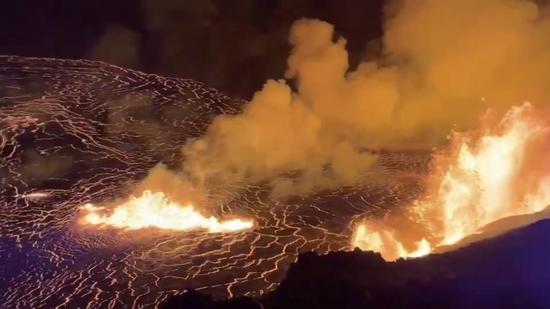(ECNS) -- Phase I of Huaneng Nagu Photovoltaic Power Station, the world’s highest-altitude solar power project, started operation in southwest China's Yunnan Province on Tuesday.

Located at an altitude of 4,800 to 5,300 meters, the Phase I project features 32 photovoltaic array zones equipped with approximately 200,000 dual-glass bifacial panels, culminating in a total installed capacity of 100,000 kilowatts.
The site covers about 126.67 hectares, which is equivalent to 177 standard football fields. Upon completion, it will generate an annual average of 158 million kilowatt hours of electricity, sufficient to meet the yearly power needs of approximately 52,000 households.
Annual clean energy output is projected to save 47,400 metric tons of standard coal and cut carbon dioxide emissions by 124,000 metric tons, advancing the green and low-carbon energy transition, and supporting the goal of carbon peak and carbon neutrality.
Compared with plateaus at similar elevations, the moraine accumulation area is characterized by hard and uneven rocks, posing significant construction challenges, according to Qiao Jifeng, the project manager of the Huaneng Nagu Photovoltaic Power Station.
Hydraulic breakers are required to transform the "mountain of rocks" into a smooth foundation.
Located in the extremely cold and uninhabited area of Deqin County, Deqen Tibetan Autonomous Prefecture, the Huaneng Nagu Photovoltaic Power Station is an important part of the Huaneng Lancang River integrated clean energy base.


















































 京公网安备 11010202009201号
京公网安备 11010202009201号